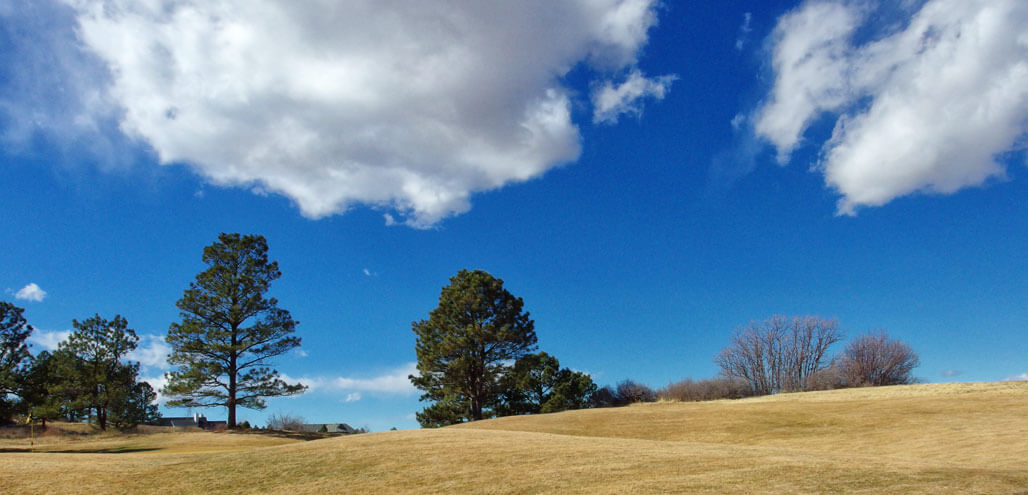Filters for Mirrorless Photography
Today’s Post by Joe Farace
 While many digital SLRs have built in color (red, blue, green, yellow, etc) digital filters that can be used with the camera’s monochrome modes to affect tonality of the final image, there are some “real” filters that are ideally suited to mirrorless cameras.
While many digital SLRs have built in color (red, blue, green, yellow, etc) digital filters that can be used with the camera’s monochrome modes to affect tonality of the final image, there are some “real” filters that are ideally suited to mirrorless cameras.
Many photographers, including me, use Skylight or UV (ultraviolet) filters for lens protection and there’s a class of filters, called “P” for protection that offer nothing but protection for the front element of your lenses. In addition to protecting your lens’ front element, a Skylight, “1-A” or even “KR,” filter can absorb UV light. A Skylight filter, for example, absorbs 46% of the ultraviolet light in a scene, while a UV filter subtracts 71%. For photographers that find themselves working in high altitude locations, such as the Rocky Mountains where I’m located, a UV filter can be a big help with the high ultraviolet conditions they’ll encounter.
Other useful filters include the Polarizer that can remove unwanted reflections from non-metallic surfaces such as water or glass and can saturate colors, providing better contrast; i.e. darkening blue sky, removing reflections from leaves for dramatic landscape photos.
Polarizers are available in either linear or circular versions and the word around the water cooler is that it doesn’t make any difference for mirrorless photography. I use circular Polarizers because they also work with all of my cameras—mirrorless or not. An alternative is a Warming Polarizer that combines 81A and Polarizer filters into one and is a favorite of some landscape photographers.
 Along with photographer Barry Staver,
Joe is co-author of Better Available Light Digital Photography
that’s now out-of-print but new copies are available at collector (high) prices or used paperback copies for giveaway prices—less than six bucks—from Amazon.
Along with photographer Barry Staver,
Joe is co-author of Better Available Light Digital Photography
that’s now out-of-print but new copies are available at collector (high) prices or used paperback copies for giveaway prices—less than six bucks—from Amazon.




